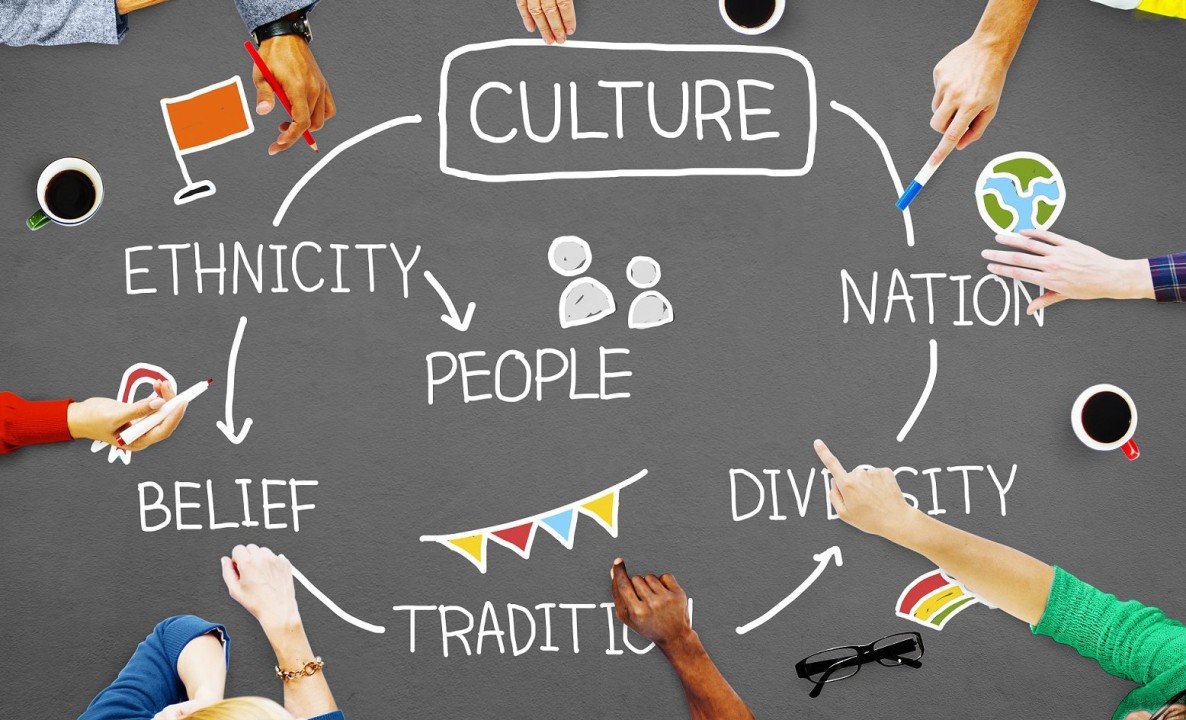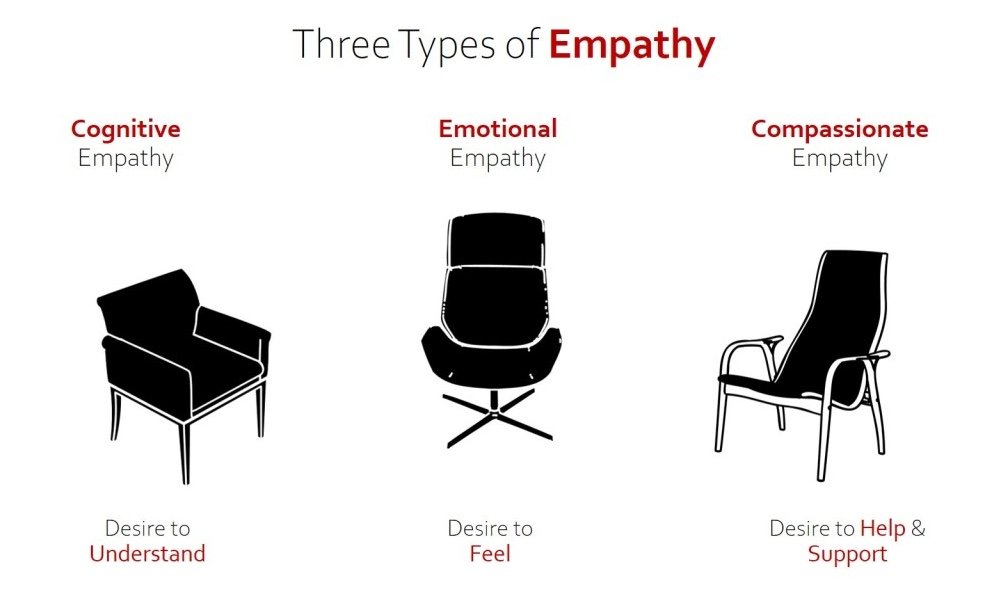I think that leaders create culture, and culture drives behaviour, and behaviour produces results.
Why is our diversity training failing?
What can we do to really drive organisational change?
How do we learn and truly embed change into our organisation?
When we learn about diversity, what are we learning?
How will we create a psychological safe space in our organisation?
If any of the above questions are reflective of what is happening in your organisation, please contact me here, or via e-mail to arrange a meeting.
““If you are free, you need to free somebody else. If you have power, then your job is to empower.””




















